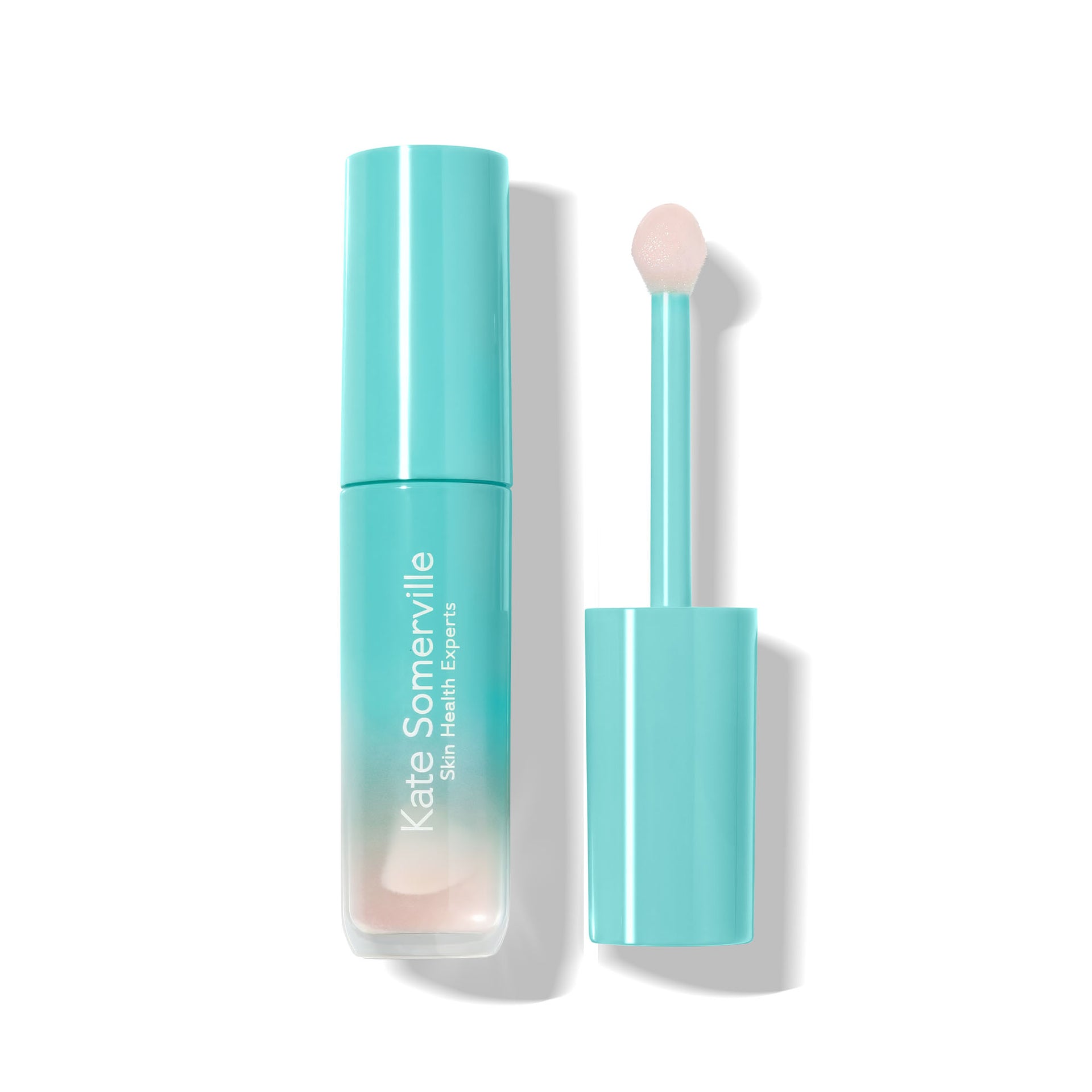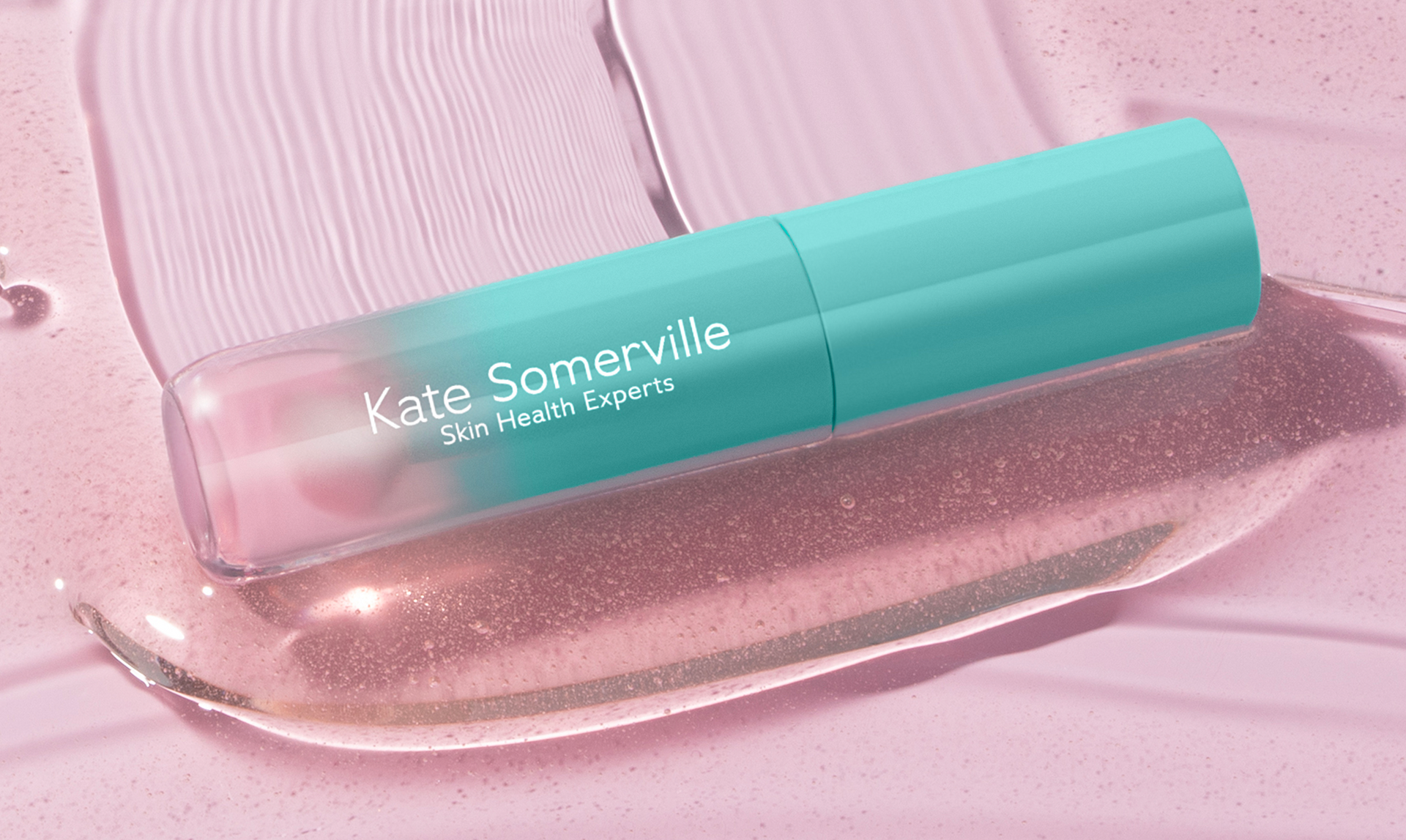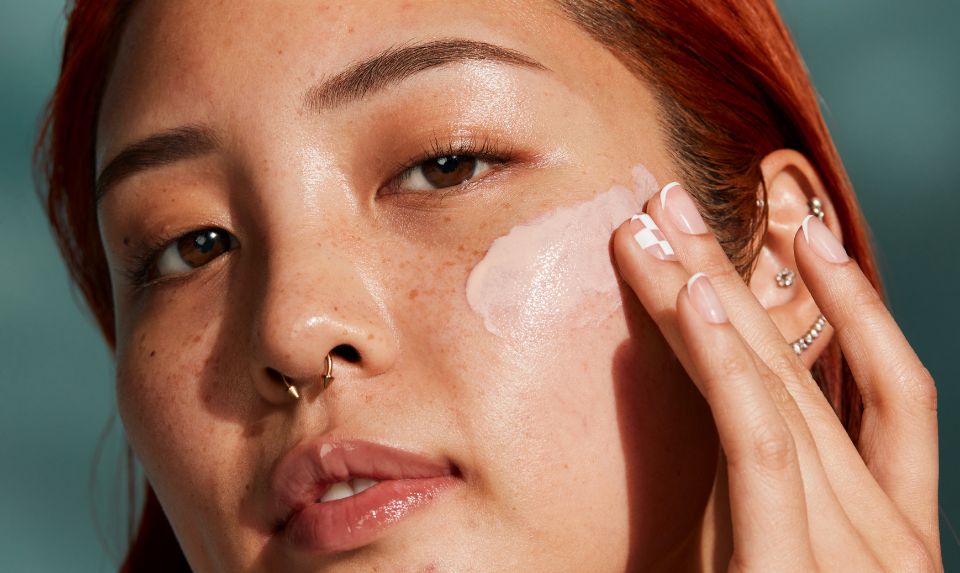Whether you're obsessed with skincare, enjoy experimenting with a few iconic skincare products, or are just starting to build your skincare routine, you may find yourself wondering “How do I know which ingredients deliver the biggest transformation for my skin?” As Skin Health Experts, we talk to clients every day in our Hollywood and New York clinics about skin, proper skincare, and which ingredients are most beneficial based on skin type and skin concerns.
Often, people ask us about acids and how to incorporate them with other powerhouse ingredients, especially if they have sensitive skin. It’s easy to get overwhelmed by the many options, from the difference between ingredients like glycolic acid vs salicylic acid, to what hyaluronic acid, retinol, and other popular ingredients really do for the skin. Questions like "can I use BHA and retinol together?"
often arise, and it's important to address them to prevent potential skin irritation.
When it comes to powerful skincare ingredients like salicylic acid and retinol, knowing when and if you can use the two together is the key to creating a skincare routine that addresses your unique needs, especially if you have sensitive skin.These two popular ingredients are best known for their acne-fighting properties. Still, when used together, many wonder if they'll complement each other or cause irritation.
Our Skin Health Experts all agree that a BHA like salicylic acid and natural vitamin retinol can be used in the same skincare routine, but you must apply them correctly, considering the active ingredient in each. Keep reading for expert advice on how to add both to your skincare routine.
How Is Salicylic Acid Used For Skin?
You should be aware of two types of acids in skincare — AHAs (alpha hydroxy acids) and BHAs (beta hydroxy acids), especially when addressing specific skin concerns. Salicylic acid is the most commonly used BHA and works by balancing your skin's sebum production and removing dead skin cells. As an oil-soluble exfoliant, it dives deep into the skin’s hair follicles, breaking down the bonds formed between the cells to eliminate the excess oils and dead skin cells trapped in pores, thanks to it'c active ingredient.
Most commonly used on combination and oily skin types, salicylic acid can also help visibly diminish the signs of sun damage, especially for those with acne-prone skin. It also has several anti-inflammatory properties, and when applied in low concentrations, can help calm sensitive, irritated skin and reduce visible redness caused by UV rays and skin concerns like acne prone skin.
The Benefits of Salicylic Acid
Exfoliant: Sloughs away dead skin cells.
Anti-bacterial: Kills germs and bacteria.
Cleansing: Removes oil trapped in Pores.
Anti-inflammatory: Calms irritation and visible redness.
How Is Retinol Used For Skin?
If you've been hearing more and more about the benefits of retinol but have yet to take the plunge and try it yourself, we're here to help you better understand it, especially its impact on aging skin. Retinol, derived from Vitamin A, converts to retinoic acid when applied to your skin. The retinoic acid binds to our skin cells' receptors, speeding up cell turnover, increasing collagen production, and evening skin tone, which are key factors in addressing aging skin.
While retinol is a safe and beneficial skin care ingredient, it must be used in the right amounts. Individuals with fair and sensitive skin may experience slight irritation when first applying it, so we recommend patch testing it, and keeping an eye out for visible redness, peeling, or other signs of sensitivity, especially if you have concerns like dark spots and want to improve skin texture. If none are detected, apply to your face at night and wake up to see visibly firmer, smoother skin.
If you begin noticing symptoms of irritation over time, decrease usage. For an even smoother transition when introducing retinol to your skin, mix the retinol with a gentle moisturizer like DeliKate™ Recovery Cream, Goat Milk Moisturizing Cream or Peptide K8 Power Cream. Start by using retinol once a week. Increase the frequency of use to 2-3 times per week once the skin gets acclimated.
The Benefits of Retinol
Clearing: Is retinol good for acne? simple answer, is yes. Retinol has anti-aging, anti-inflammatory, anti-microbial, and antioxidant properties, making it a powerhouse ingredient that can help with acne-prone skin.
Wrinkle Reducing: With consistent use, retinol’s ability to increase skin cell turnover helps smooth skin texture by reducing the appearance of wrinkles, fine lines, and scarring. Products like Retinol Eye Cream also target fine lines in delicate areas for a more youthful look.
Smoothing: Over time, retinol works to retexturize and resurface your skin, contributing to a more even skin tone and improved overall texture.
Combining Salicylic Acid and Retinol
When using two potent, acne-fighting ingredients, it's wise to take precautions before combining them. While using salicylic acid and retinol in your skincare regimen is perfectly safe and can make it more effective, it may lead to dry skin when used too frequently. Applying salicylic acid first will create an exfoliating effect that can help retinol penetrate more effectively into the skin, ensuring that you receive maximum benefits like firming, smoothing and brightening.
To combine the two, begin by using a product like our Eradikate® Salicylic Acid Acne Treatment as a part of your PM routine. Lightweight and expertly formulated with 2% salicylic acid and retinol, it helps clear breakouts. With visible results in just 24 hours, you’ll notice an improvement in blackheads, pimples, and overall skin texture.
Or, if you already have a salicylic acid product on hand, work retinol into your nighttime regimen by applying our +Retinol Vita C Power Serum Firming & Brightening Treatment. It is expertly formulated with retinol and Vitamin C and boasts powerful anti-aging properties that will work to refresh dull and tired skin as you sleep. Plus, it only needs to be applied a few times a week to see results.
Suppose you're not ready to add multiple products to your routine just yet. In that case, we suggest sticking with one, like the Eradikate® Salicylic Acid Acne Treatment which combines both of these ingredients into one treatment. As long as you pay attention to the needs of your skin and use these ingredients as recommended, we're confident that you'll love the results. Remember, no matter which product you choose to incorporate, it's essential to start slowly and wear sunscreen daily—even more so when using exfoliants. It's also important to understand what skin needs and what you're looking to target, whether it's clogged pores, oily skin, acne prone skin, etc.
Visit Kate Somerville for more product recommendations and helpful information for your skincare product questions.
Sources:
1. https://www.ncbi.nlm.nih.gov/pmc/articles/PMC4554394/
2. https://www.ncbi.nlm.nih.gov/pmc/articles/PMC2699641/






















